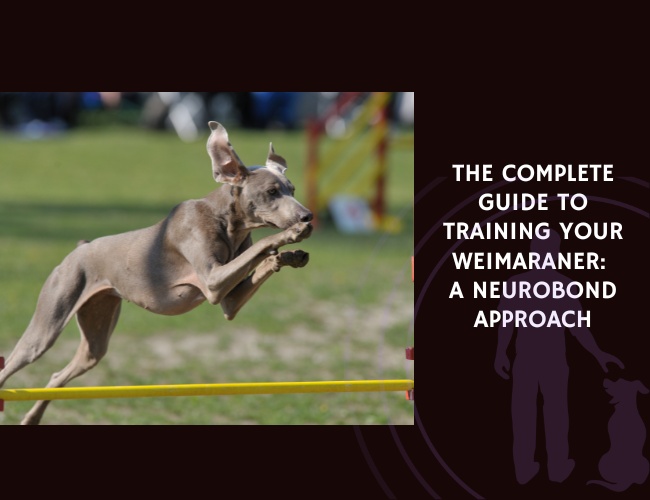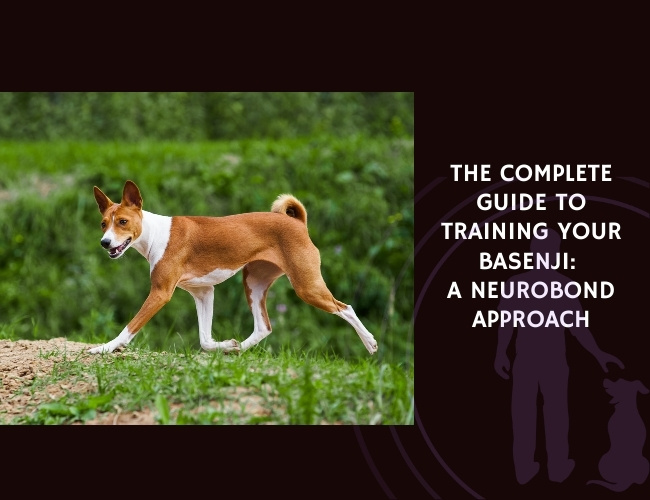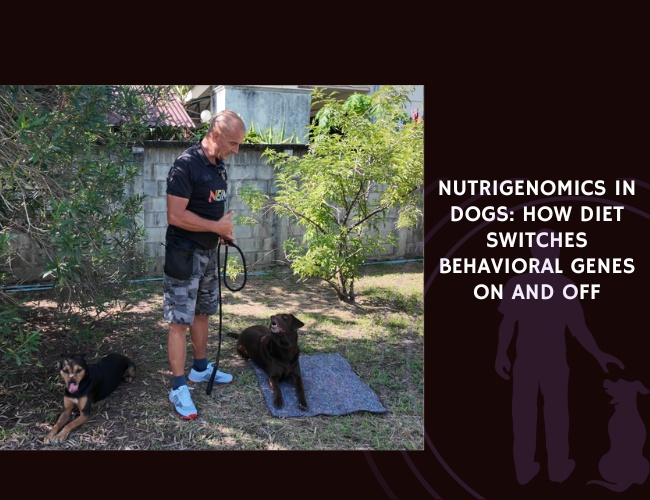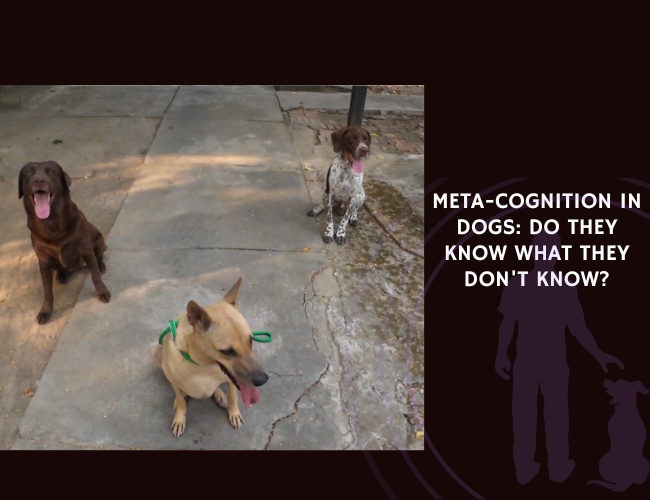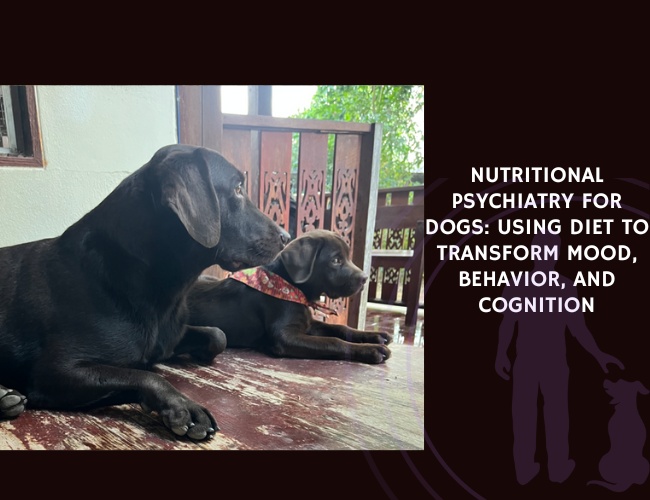Introduction
The Weimaraner—that silver ghost of the canine world—carries within its elegant frame a paradox that has captivated and challenged dog lovers for generations. Born from the hunting lodges of 19th-century Germany, these dogs were engineered for independence, intelligence, and unwavering loyalty. Yet beneath their aristocratic bearing lies a sensitive soul that craves connection more deeply than most breeds dare to show.
If you’ve found yourself here, chances are you’ve already discovered that traditional training methods fall short with your Weimaraner. Perhaps you’ve noticed how your silver companion seems to question every command, not from defiance, but from a genuine need to understand why. This is where the NeuroBond approach transforms everything you thought you knew about dog training.
Let us guide you through a revolutionary way of building a relationship with your Weimaraner—one that honors their instincts while creating the invisible leash of trust that makes all formal training obsolete. 🐾
Character & Behavior: Understanding Your Weimaraner’s Inner World
The Sensitivity Behind the Steel
Your Weimaraner’s temperament is like a finely tuned instrument—capable of producing extraordinary harmony when handled with understanding, yet prone to discord when approached with force. This sensitivity isn’t weakness; it’s evolutionary intelligence. In the field, a dog who could read subtle environmental cues and adjust accordingly survived. Today, that same sensitivity means your Weimaraner reads your emotions before you’re even aware of them.
Key behavioral traits that shape training:
- High energy paired with deep sensitivity: Your Weimaraner’s energy isn’t just physical—it’s emotional and mental. They process the world intensely, which means harsh corrections don’t just fail; they damage the very foundation of trust you’re trying to build.
- Independence born from purpose: Unlike breeds developed for blind obedience, Weimaraners were bred to work at distance, making split-second decisions in the hunt. This independence manifests as what some mistakenly call “stubbornness”—but it’s actually your dog asking, “Is this the best solution?”
- Velcro dog syndrome: Despite their independent streak, Weimaraners form profound attachments. This isn’t neediness—it’s the neurobiological expression of a breed designed for partnership. In NeuroBond terms, they’re already primed for the invisible leash.
The Weimaraner’s Emotional Landscape
Understanding your Weimaraner means recognizing that their emotional regulation differs from other breeds. They experience what we might call “emotional flooding”—intense reactions to stimuli that seem minor to us. A raised voice doesn’t just communicate displeasure; it can trigger a cascade of stress hormones that shut down learning entirely.
This is why the NeuroBond principle of “letting the dog be” becomes crucial. When we allow your Weimaraner to process emotions naturally, without suppression or punishment, they develop the self-regulation skills that traditional training tries (and fails) to impose externally.
Vocalization & Communication: How Your Weimaraner “Talks”
Beyond the Bark: A Symphony of Signals
Weimaraners possess a remarkably nuanced communication system that extends far beyond vocalization. Understanding this system is your key to implementing NeuroBond training effectively.
The Weimaraner’s communication toolkit includes:
- The “Weimaraner whisper”: A soft, almost inaudible whine that signals emotional need rather than demand. This is your dog checking in—exactly what we want to reinforce in NeuroBond training.
- Body positioning: Watch how your Weimaraner positions themselves relative to you. The slight lean, the strategic placement between you and perceived threats—these are invitations to connection, not dominance displays.
- Eye contact patterns: Unlike some breeds that avoid direct eye contact, Weimaraners use sustained gazes to build connection. This natural tendency makes them ideal candidates for the NeuroBond approach, where mutual attention forms the foundation of all training.
Creating Shared Context Through Communication
Remember, in NeuroBond philosophy, “context is everything.” Your Weimaraner’s vocalizations and body language aren’t random—they’re contextual responses to their environment and your energy. When your dog barks at the door, they’re not being “bad”—they’re fulfilling their genetic programming to alert and protect.
The NeuroBond response? Acknowledge the communication (“Thank you for telling me”), then guide them to a new solution (checking in with you for direction). This transforms instinctive behavior into cooperative partnership.
Training & Education: The NeuroBond Method in Action
Building the Foundation: Connection Before Commands
Traditional training would have you start with “sit” and “stay.” The NeuroBond approach recognizes that commands without connection are merely noise to a Weimaraner’s sophisticated mind. Instead, we begin with presence.
Phase 1: Establishing the NeuroBond
For the first two weeks, forget formal training entirely. Your only goal is to become fascinating to your Weimaraner. This means:
- Proximity rewards: When your Weimaraner chooses to be near you (without being called), mark this moment with quiet acknowledgment. A gentle touch, a soft “good,” nothing more. You’re rewarding the choice of connection.
- The “standing on the leash” exercise: This quintessential NeuroBond technique works brilliantly with Weimaraners. Stand on the leash with just enough slack for comfort but not enough for exploration. Now wait. Your sensitive Weimaraner will cycle through solutions—pulling, whining, perhaps even a dramatic sigh. When they finally choose to sit or lie down, that’s the moment of learning. They’ve found their own solution.
- Emotional mirroring: Weimaraners are master readers of human emotion. Use this. When you want calm, become calm. When you need alertness, embody it. Your Weimaraner will naturally synchronize—no commands necessary.
From Bond to Task: Making Training Invisible
Once your Weimaraner consistently seeks connection (usually by week three), you can begin shaping specific behaviors. But here’s where NeuroBond diverges radically from traditional methods: we never “teach” commands. Instead, we create situations where desired behaviors naturally emerge.
Leash Walking: The Invisible Lead
Your Weimaraner’s tendency to pull isn’t defiance—it’s their hunting heritage expressing itself. In NeuroBond training, we redirect this instinct:
- Begin walks with no destination. Your only goal is connection.
- When your Weimaraner pulls, simply stop. Don’t jerk, don’t correct. Just become immovable.
- The moment they look back at you (and they will—that Velcro nature ensures it), take one step forward.
- Repeat until your Weimaraner realizes: “Progress happens when I’m connected to my human.”
Within days, you’ll notice your Weimaraner beginning to self-regulate, checking in periodically without prompting. This is the invisible leash forming.
Recall: Trust in Action
Weimaraner recall issues stem from their independence meeting their prey drive. Traditional recall training creates conflict: “Come” means abandoning something interesting. NeuroBond recall means “Let’s explore this together.”
Practice in stages:
- Start in boring environments where you’re the most interesting option
- Call your Weimaraner only when you’re 90% certain they’ll come
- Make arriving at you an event—play, treats, adventure
- Gradually increase distractions, always ensuring you remain the best option
Managing Challenges Through Understanding
The Prey Drive Dilemma
Your Weimaraner’s prey drive isn’t a flaw—it’s the very trait that made them exceptional hunters. In NeuroBond training, we don’t suppress instincts; we channel them constructively.
When your Weimaraner fixates on a squirrel:
- Acknowledge what they see: “Yes, I see it too”
- Become more interesting than the prey: movement, excitement, play
- Reward the moment their attention shifts to you
- Over time, checking in before chasing becomes the new instinct
Separation Anxiety: The Shadow Side of Connection
Weimaraners are prone to separation anxiety—the cost of their deep bonding capacity. Traditional training might suggest ignoring the anxiety. NeuroBond recognizes this as communication that needs addressing.
Build independence gradually:
- Practice micro-separations (stepping out of sight for seconds)
- Make departures boring and returns calm
- Create positive associations with alone time (special toys, puzzles)
- Most importantly: ensure your Weimaraner trusts you’ll return
Sensitive. Sovereign. Synced.
Weimaraners don’t follow orders—they follow meaning.
Their independence is paired with emotional depth. They won’t perform for performance’s sake—but when connection is present, they give you everything.
Their sensitivity isn’t fragility—it’s precision.
This breed reads your tension, your joy, your silence. Harshness breaks the bond. Calm presence builds it. They don’t need louder commands—they need quieter trust.

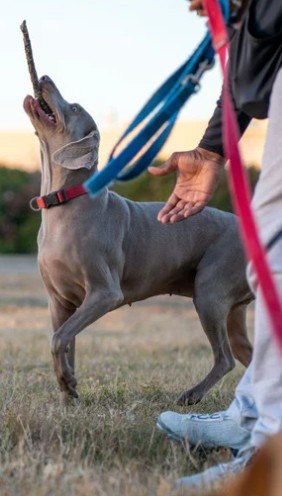

Training fades when relationship leads.
The true power of the Weimaraner emerges when the leash disappears—not physically, but emotionally. What remains isn’t control—it’s chosen closeness.
Performance & Activities: Channeling Instinct Productively
Work Is Play, Play Is Connection
Weimaraners need purpose. Without it, their intelligent minds create their own jobs—usually ones you won’t appreciate. The NeuroBond approach transforms necessary activities into bonding opportunities.
Structured Freedom Through Activity
Your Weimaraner’s high energy isn’t just physical—it’s mental and emotional. Activities that engage all three aspects:
- Scent work: Harnesses their hunting heritage while building focus and connection. Hide treats or toys, then work together to find them. Your excitement at their success deepens the bond.
- Agility training: Not for competition, but for communication. Each obstacle becomes a conversation: “Can you trust me through this?” Every success reinforces the invisible leash.
- Structured fetch: Transform mindless ball-throwing into NeuroBond training. Fetch happens only after eye contact. Returns include a moment of calm connection before the next throw. You’re building impulse control through relationship, not commands.
The Training That Isn’t Training
Remember the NeuroBond principle: “Training is not a task list—it is a continuous relationship.” Every interaction with your Weimaraner shapes behavior. A walk isn’t just exercise; it’s practice in mutual awareness. Mealtime isn’t just nutrition; it’s an opportunity for calm focus.
Nutritional Recommendations: Feeding the Sensitive System
The Gut-Brain Connection in Weimaraners
Your Weimaraner’s sensitivity extends to their digestive system. Nutritional stability directly impacts their ability to learn and maintain emotional regulation. An upset stomach equals an upset mind—and a dog who can’t access the calm state necessary for NeuroBond connection.
Feeding strategies that support training:
- Consistent timing: Weimaraners thrive on routine. Regular meal times create predictability that reduces anxiety and supports learning.
- Quality over quantity: Their sensitive systems require high-quality proteins and limited ingredients. Food sensitivities can manifest as hyperactivity or inability to focus—often misdiagnosed as training issues.
- Interactive feeding: Use puzzle feeders or scatter feeding to engage their hunting instincts constructively. This mental stimulation helps create the calm-tired state ideal for bonding work.
Food as Communication Tool
In NeuroBond training, every interaction matters. Mealtime becomes an opportunity for connection:
- Hand-feeding portions reinforces you as the source of good things
- Asking for eye contact before meals builds check-in habits
- Calm behavior around food prep teaches impulse control through practice, not force
Health Concerns: When Biology Impacts Behavior
Understanding the Sensitive System
Weimaraners are prone to certain health conditions that directly impact training success. Understanding these isn’t about expecting problems—it’s about recognizing when behavior might have biological roots.
Common health concerns affecting behavior:
- Bloat susceptibility: This life-threatening condition means training must account for meal timing. No vigorous exercise within an hour of eating. This forced calm period? Perfect for bonding exercises.
- Separation anxiety with physical manifestations: Some Weimaraners experience such severe separation distress that it triggers digestive upset or destructive behavior. This isn’t “spite”—it’s genuine physiological distress requiring gradual, compassionate conditioning.
- Hip dysplasia: Can manifest as reluctance to perform certain movements. What looks like “stubbornness” might be discomfort. Always rule out physical causes before assuming behavioral ones.
The Mind-Body Connection
The NeuroBond approach recognizes that a comfortable dog is a learnable dog. Regular health checks, preventive care, and attention to subtle changes in behavior or movement ensure your Weimaraner can fully engage in the bonding process.
Lifestyle & Environment: Creating the Context for Success
Space as Teacher
Your Weimaraner’s environment teaches them 24/7. In NeuroBond philosophy, we structure space to encourage desired behaviors naturally.
Environmental management that supports training:
- Clear boundaries: Baby gates aren’t restrictions—they’re communication. “This space is yours, this space is mine, this space we share.”
- Strategic comfort zones: Place beds or mats where you want your Weimaraner to settle. They’ll naturally gravitate to comfort, learning calm behavior by choice.
- Controlled access: Don’t give unlimited freedom immediately. Expand privileges as your Weimaraner demonstrates readiness. This isn’t punishment—it’s setting them up for success.
The Human Factor
Your lifestyle must account for your Weimaraner’s needs:
- They require 1-2 hours of engaged activity daily (not just backyard time)
- Mental stimulation matters as much as physical exercise
- Consistency in routine reduces anxiety and supports learning
- They genuinely suffer when left alone for extended periods
If your lifestyle involves long work hours or frequent travel, a Weimaraner may struggle regardless of training approach. The NeuroBond method requires presence—not constant, but consistent.
Senior Care: Maintaining Connection Through Change
Evolving the Bond
As your Weimaraner ages, the NeuroBond approach adapts rather than abandons. Senior Weimaraners often become more sensitive, not less. Physical limitations might restrict activity, but the need for connection intensifies.
Adjustments for aging Weimaraners:
- Micro-training sessions: Shorter, more frequent bonding moments respect physical limitations while maintaining mental engagement.
- Adapted activities: Scent work requires less physical effort than agility. Puzzle toys engage minds when bodies need rest.
- Increased environmental support: Non-slip surfaces, raised food bowls, and easily accessible resting spots help senior Weimaraners maintain dignity and comfort.
The Gift of the Senior Bond
Senior Weimaraners often display the full flowering of NeuroBond training. Years of connection create an almost telepathic understanding. A glance replaces a command. A shift in breathing communicates need. This is the invisible leash at its finest—connection so deep that formal training becomes irrelevant.
Conclusion: Is the Weimaraner-NeuroBond Approach Right for You?
The marriage of Weimaraner temperament with NeuroBond philosophy creates something extraordinary—but it’s not for everyone. This approach requires:
- Patience over quick fixes: NeuroBond training takes time. If you need immediate obedience, traditional methods might seem more appealing (though they’ll likely fail with a Weimaraner).
- Emotional intelligence: You must read your dog as carefully as they read you. This isn’t about being “soft”—it’s about being smart.
- Commitment to relationship: NeuroBond isn’t something you do for 15 minutes twice a day. It’s a way of being with your dog.
- Respect for instinct: You must see your Weimaraner’s independence, sensitivity, and intensity as features, not bugs.
If you can offer these things, the Weimaraner will reward you with a partnership that transcends typical dog-human relationships. You won’t have a dog who obeys—you’ll have a dog who chooses you, moment by moment, day by day.
The invisible leash isn’t about control. It’s about connection so profound that separation becomes unthinkable—not because it’s forbidden, but because together is simply better. This is the promise of NeuroBond training with your Weimaraner: not perfect obedience, but perfect partnership.
Your journey starts with a simple choice: Will you train your Weimaraner, or will you build a relationship that makes training irrelevant? The silver ghost at your side already knows the answer. They’re just waiting for you to discover it too. 🧡

